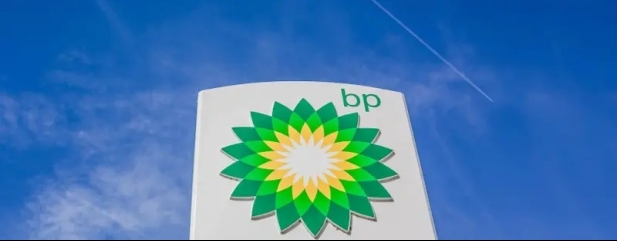Archived article
Please note that tax, investment, pension and ISA rules can change and the information and any views contained in this article may now be inaccurate.
BP faces day of destiny as activist Elliott builds stake

It already felt like a day of destiny, postponed so chief executive Murray Auchincloss could undergo an undisclosed medical procedure, but the stakes have been raised ahead of BP’s (BP.) strategy day on 26 February.
News US activist investor Elliot has joined the share register has got the share price moving in the right direction for the first time in a while, but has also ratcheted up the pressure on management to demonstrate they can revive the fortunes of a company which has fallen behind its rivals.
As the 15-year share price chart shows, this not only includes US peers like Exxon Mobil (XOM:NYSE)but its UK-listed counterpart Shell (SHEL).
BP kicked off 2020 with a shiny new energy transition strategy under Auchincloss’ predecessor Bernard Looney, including targets to ramp up renewable energy capacity and reduce oil and gas production.
Then the invasion of Ukraine put the emphasis less on energy transition and more on energy security. This saw the company abandon its target to dial down output of hydrocarbons – although the stated ambition to achieve 50 gigawatts of renewable energy generation remains for now.
Elliott might push for the company to divest its renewable assets and focus capital spending on the upstream oil and gas assets which generate the lion’s share of the company’s cash flow. The activist may also seek to oust chair Helge Lund who has been in place since 2019.
BP’s fourth-quarter and full-year results did little but provide further fodder for Elliott as annual profit slumped to its lowest level since the pandemic hit in 2020.
Pre-tax replacement cost profit for the final quarter of 2024 tumbled 79% to $764 million against $3.57 billion a year earlier, while underlying replacement cost profit (a widely used measure in the oil industry) fell 61% to $1.17 billion from $2.99 billion.
For the full-year, pre-tax replacement cost profit declined 59% to $11.8 billion from $28.6 billion and underlying replacement cost profit fell 36% to $8.92 billion from $13.8 billion.
BP said the underlying result reflected weaker realised refining margins, a greater impact from turnaround activity, seasonally lower customer volumes and fuel margins and higher other business costs.
The company said that as part of the upcoming strategic update it plans to review aspects of its financial guidance, including its expectations for 2025 in terms of share buybacks and capital expenditure.
This is unsurprising given net debt, despite being trimmed slightly in the final three months of last year, still totals a whopping $23 billion.
Nonetheless, in the fourth quarter BP maintained its quarterly buyback at $1.75 billion, which it plans to execute before publishing its first-quarter results.
Important information:
These articles are provided by Shares magazine which is published by AJ Bell Media, a part of AJ Bell. Shares is not written by AJ Bell.
Shares is provided for your general information and use and is not a personal recommendation to invest. It is not intended to be relied upon by you in making or not making any investment decisions. The investments referred to in these articles will not be suitable for all investors. If in doubt please seek appropriate independent financial advice.
Investors acting on the information in these articles do so at their own risk and AJ Bell Media and its staff do not accept liability for losses suffered by investors as a result of their investment decisions.
Issue contents
Editor's View
Feature
Great Ideas
News
- Filtronic hits all-time high on latest SpaceX order
- HSBC to show a small rise in pre-tax profit for 2024
- HgCapital Trust continues to deliver impressive returns amid challenging times
- A resilient jobs market and spiking inflation expectations likely to keep US rates on hold
- Investment trust consolidation era continues in 2025
- BP faces day of destiny as activist Elliott builds stake
- ELF Beauty stock hits two-year low as cash-strapped US consumers rein in spending
- Will Walmart lose its retail crown to Amazon?
 magazine
magazine








